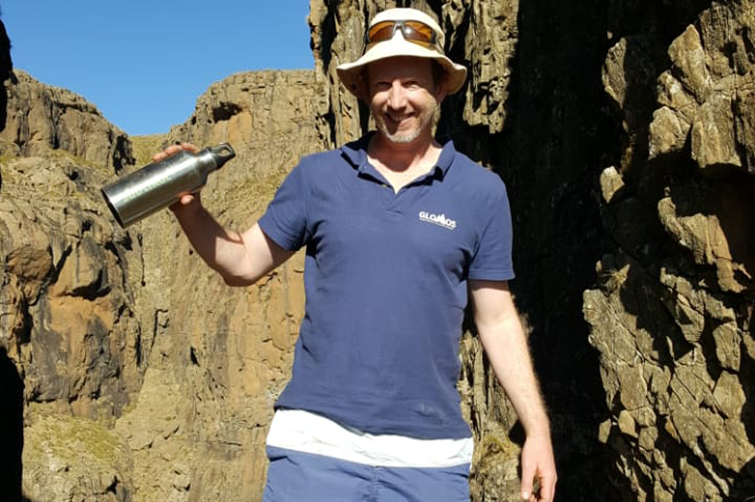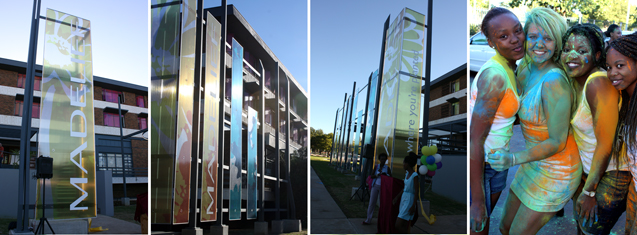Latest News Archive
Please select Category, Year, and then Month to display items
11 January 2021
|
Story André Damons
|
Photo Supplied
 Dr Ralph Clark
Dr Ralph Clark
The Afromontane Research Unit (ARU), the flagship research group of the University of the Free State (UFS) Qwaqwa Campus, has recently been granted R8,4 million to establish a Risk and Vulnerability Science Centre programme.
The Risk and Vulnerability Science Centre (RVSC) programme was established by the Department of Science and Innovation (DSI) as part of the Global Change Research Plan for South Africa and is funded by the DSI through the National Research Foundation (NRF). The RVSC will focus on the need to generate and disseminate knowledge about risk and vulnerability on global change challenges faced by local policy makers/ governance structures and communities in South Africa.
Invited to participate
Dr Ralph Clark, Director of the ARU, says the UFS, together with the University of Zululand and the Sol Plaatje University, has been invited to participate in Phase 2 of the RVSC programme. Dr Clark was approached by the DSI (on referral from the South African Environmental Observation Network – SAEON) in February 2020 regarding the potential for establishing a RVSC at the UFS Qwaqwa campus.
Subsequent interactions were held between the UFS and DSI, and in March 2020, the UFS formally accepted the DSI invitation. It has since been agreed that the RVSC: UFS will be hosted as a RVSC under the ARU umbrella, with dedicated personnel embedded at the UFS in this regard (internal processes and reporting) but reporting directly to the NRF regarding the RVSC.
Interest and support welcomed
Dr Clark welcomed this interest and support from the DSI-NRF, saying that the funds will further assist the UFS in growing its excellent and growing research portfolio and building more research capacity on this traditionally undergraduate-focused campus. “The RVSC will contribute to much-needed solutions in an area marked by major sustainability challenges and will assist in moving Phuthaditjhaba away from its negative apartheid history towards becoming a sustainable African mountain city,” says Dr Clark.
Madelief Residence bursts into colour
2014-03-12

You’ll be forgiven for thinking that your eyes are deceiving you when turning into the main entrance to the Bloemfontein Campus. Yet, it is still the graceful old lady of a building called Madelief. This 50-year-old female residence has donned a sparkling new ‘dress’, brandishing a trendy new look.
After extensive renovations kicked off during October last year, the long-awaited revamp left residents and Kovsies astonished. The makeover transformed the building into a sparkling gem, glistening in the Free State sun. Luminescent contra-vision windows, a remodelled veranda and a new façade propel this residence into modernity. A unique twist to the use of the façade is that it is reflective during both the day and night. During the daytime, the light reflects towards the residence and during the night it mirrors the entrance of the university. This feature lends an innovative and vibrant impression to the residence’s appearance.
“I’m so happy for my residence. It’s now the hub of attraction – everyone wants to visit and come have a look. Thanks to our Residence Head, the constructors and designers who came up with this concept and Housing and Residence Affairs. We look 50 years younger indeed and more vibrant,” Mamnosi Tshabalala, a senior resident at Madelief, beamed.
In celebration of this new phase of their residence, students plunged into a festival of colour – power paint exploding into rainbows over anyone who came near. Top management that attended the celebration could not escape the excitement. Profs Jansen and Morgan, Dr Wahl, Mr Koetaan and Rudi Buys were swept into the good cheer, snapping photos and making fantastic memories.